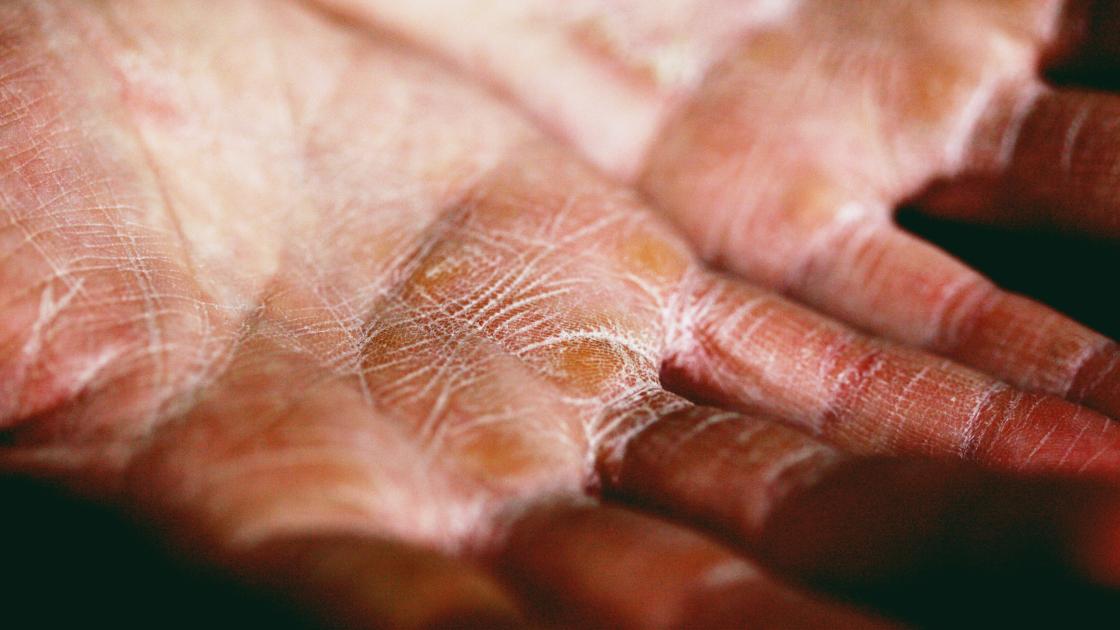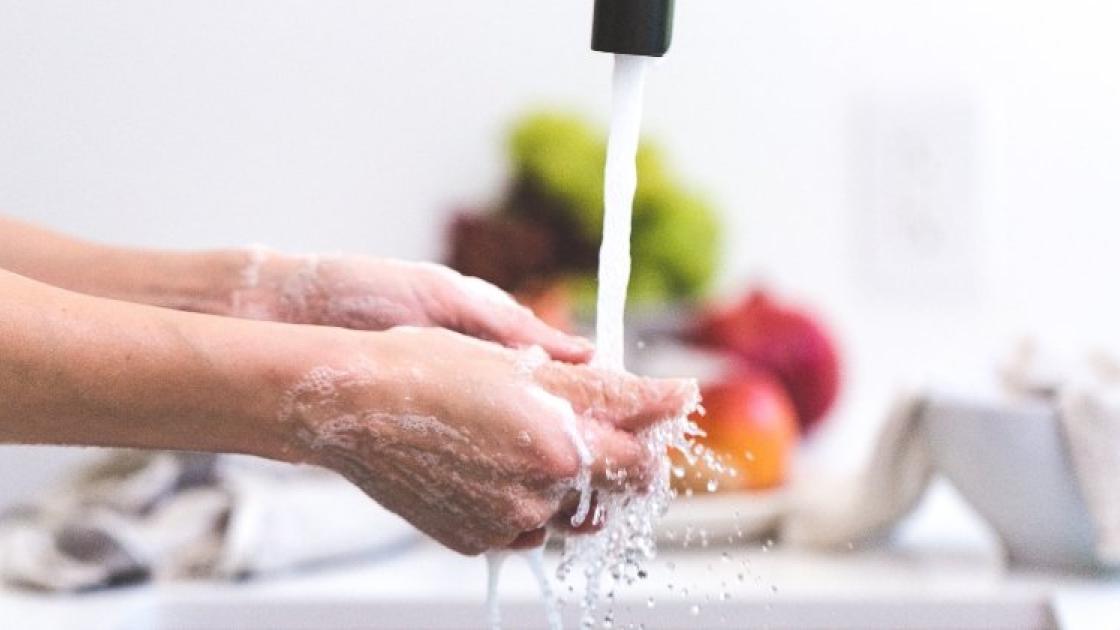
How to help someone with epilepsy stay safe at home
Around 3.4 million people in America have epilepsy, a chronic health condition that causes seizures. If you or someone you love experiences epileptic seizures, it's important to know some basic safety strategies to help prevent seizure-related injuries, including injuries sustained if a person falls or chokes while having a seizure.
Inside the home is the most common place for someone to experience a seizure-related accident, according to the Epilepsy Foundation. While seizures can be a little scary, preparing yourself and your loved ones is one of the best ways to feel more in control. Here are some safety strategies that can help.
Revamp the bathroom
It's important for people with epilepsy to enjoy the privacy they want while using the bathroom while also maximizing their safety and preventing accidents. These interventions and modifications can help:
- Do not lock the bathroom door, and make sure it swings out rather than in to prevent the door from getting blocked if a person falls. To maintain privacy, you can place an “Occupied” sign on the door.
- Avoid baths and take showers instead (to prevent accidental drowning)
- Keep the water temperature comfortably warm, not hot (to prevent burns)
- • Consider adaptive equipment such as shower chairs, handheld shower heads, nonskid mats in the tub and shower, toilet risers and grab bars
- Take showers only when someone else is home—sing, recite poetry or talk loudly while in the shower so people will know you're doing OK.
Adjust cooking and eating practices
Due to the presence of sharp knives, stoves and ovens, seizures in the kitchen can result in serious injuries. Sometimes eating can also be dangerous as a seizure can lead to choking or food and liquids going into the lungs instead of the stomach. In order to minimize the risks, the Epilepsy Foundation provides several tips.
- For people living alone, food processors and choppers can be used in preference to knives. Buying prepared food rather than cooking, and using a microwave oven instead of a stove are other safety approaches. Using unbreakable dishes and gloves while cleaning up provide additional precaution.
- For those living with others, it is helpful to have someone around when they cook and to have another person cut and chop while preparing food.
- While eating, sit upright, use chairs with arm rests to prevent falls, place nonskid surfaces under plates and cups to avoid spills, and drink hot liquids using a cup with a lid and spout. Family members and caregivers should know or learn basic first-aid techniques such as the Heimlich maneuver to assist with choking. They should also avoid giving food, drink or even pills to someone after a seizure until they are sure they are able to swallow.
Assess the rest of your home
Look around your home and think about where you and your loved ones spend the most time. Are there areas in the house that you can modify or reorganize so that it is safer if and when someone has a seizure there?
For instance, is there clutter that can be removed so there is more room for a person to fall more safely? How about heavy pieces of furniture or appliances, like bookshelves or televisions—can any of these be secured to the walls?
You might also consider these other general home safety strategies:
- Avoid glass tables or furniture with sharp edges
- Consider adding protective padding to countertops, handles and other furniture in high-traffic areas in your home
- Avoid or remove area rugs and opt for wall-to-wall carpeting instead for softer landing areas
- If you have pets or young kids, make sure toys are always put away when not in use
- Always use and store electrical equipment like electric razors and hairdryers away from any water source
- If you have a fireplace, use a screen in front of it at all times
- Have a way to call for help, such as a medical alert system (or keep a cell phone on you)
- Make sure any and all stairs in the home have a sturdy railing
Consult with professionals
Ask your doctor about a referral to home health services. A nurse, physical therapist or occupational therapist can come to your home and evaluate the overall safety of your home environment, then offer suggestions on how to improve it.
Physical and occupational therapists can also teach you and your family specific home safety techniques and prescribe exercises that will maximize your strength, balance and fall recovery skills.
Also, be sure to see your primary health care provider and neurologist regularly to ensure that your seizure medications are up to date and that any other health concerns are addressed.
Educate loved ones
Make sure your friends and family know what to do (and not to do) when you are having a seizure. Talk to them about what your typical seizures are like, how they can help keep you safe, and when they should call 911—for example, if you get hurt during a seizure or if your seizure lasts for more than 2 to 5 minutes.
Are you living life with epilepsy?
People with epilepsy can live active and fulfilling lives, especially if they take steps to maximize their safety and independence. If you'd like to speak to a health care professional about epilepsy, visit siumed.org/doctor and schedule your next appointment.




